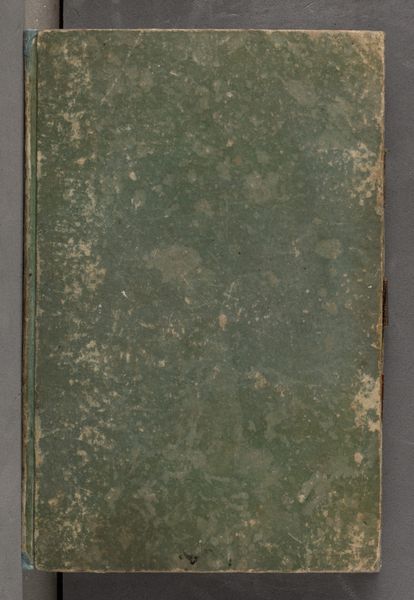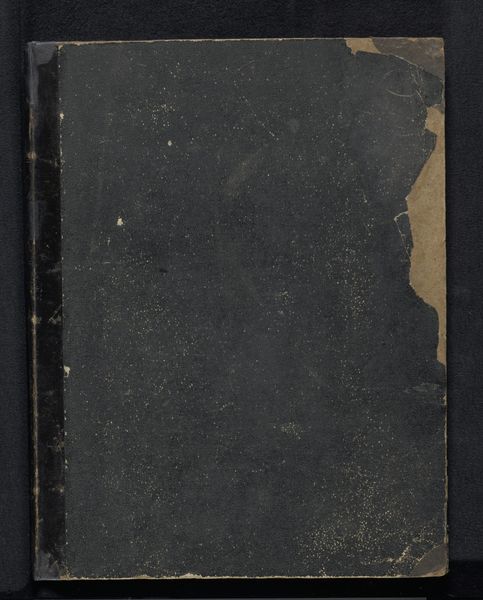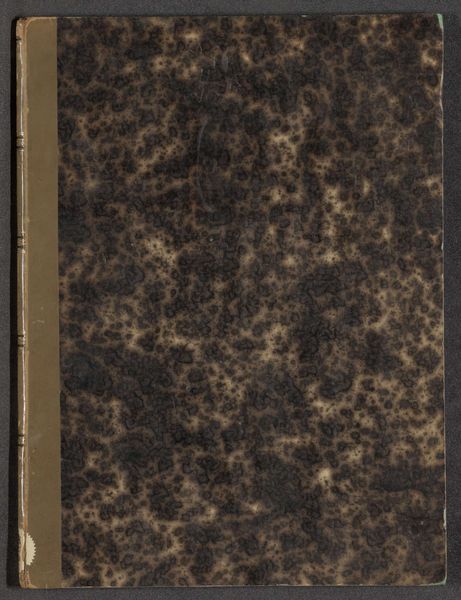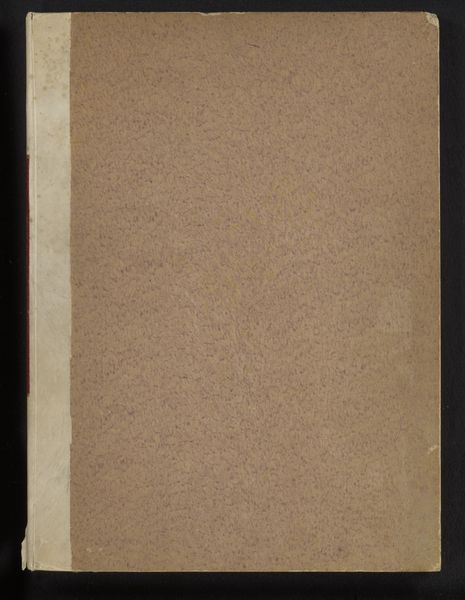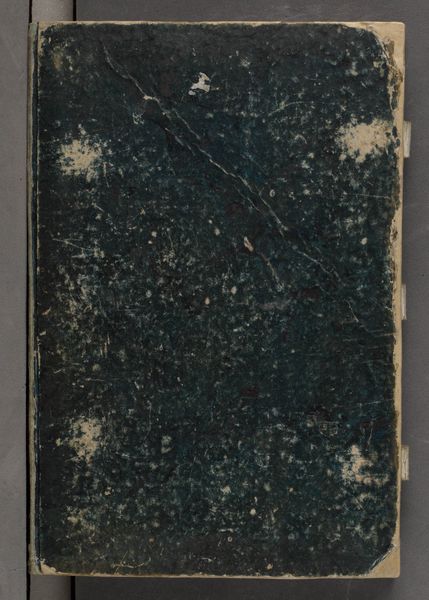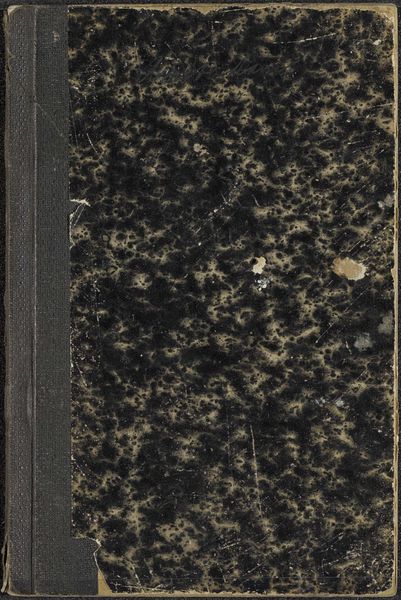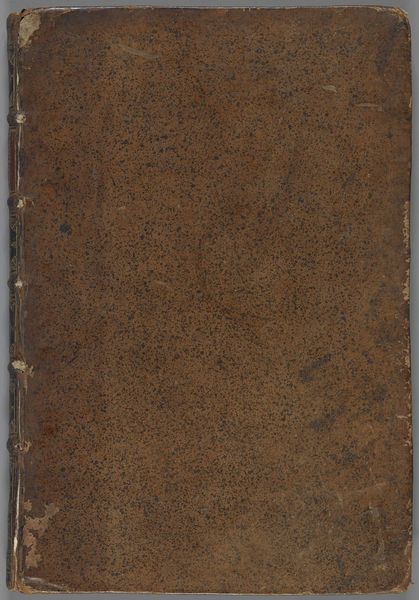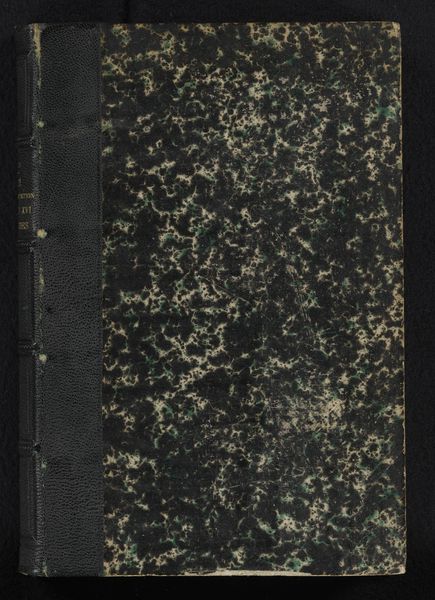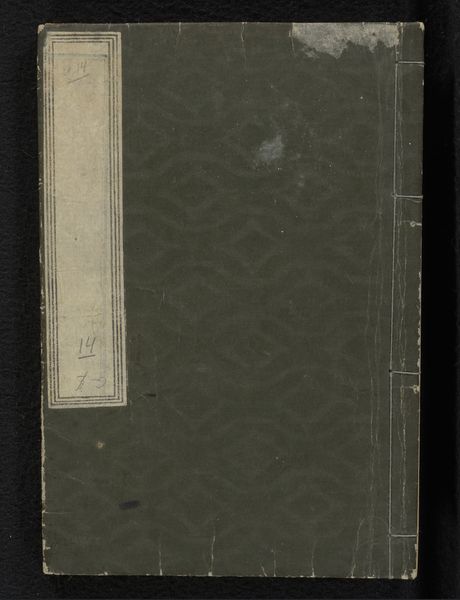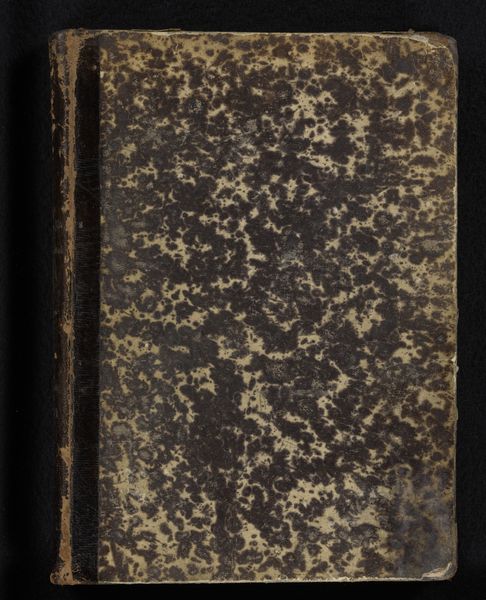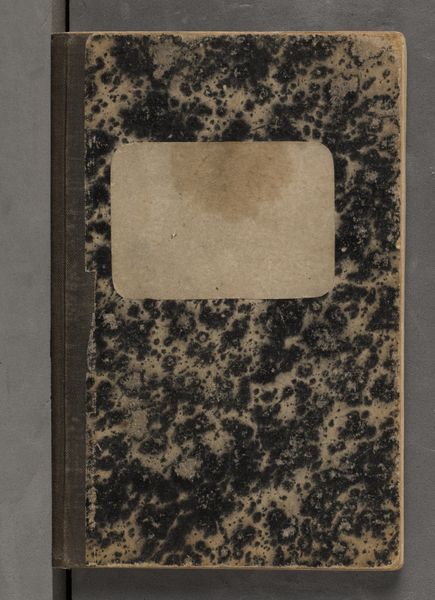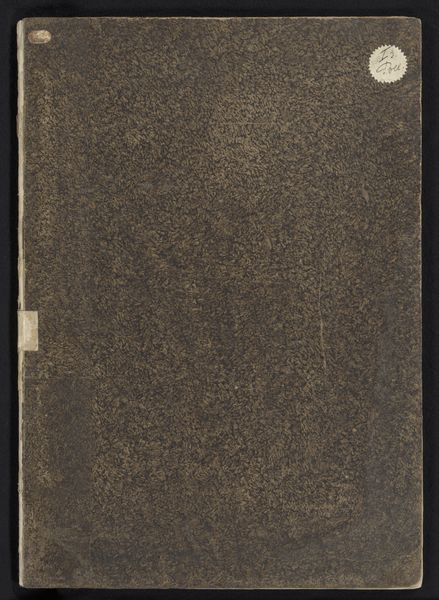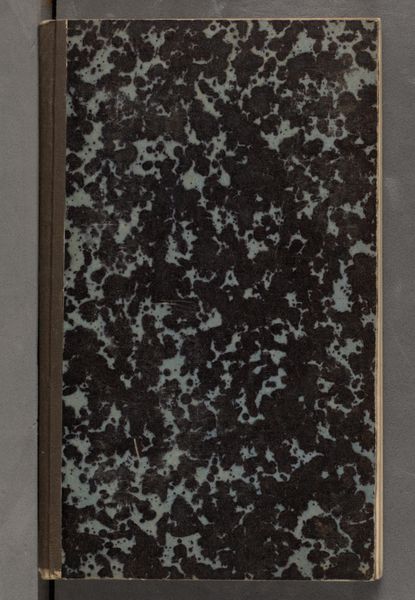
Prentenalbum met 31 voorstellingen uit de Nederlandse geschiedenis 1725 - 1730
0:00
0:00
drawing, print, etching, paper
#
drawing
#
baroque
# print
#
etching
#
paper
#
history-painting
Dimensions: height 395 mm, width 310 mm
Copyright: Rijks Museum: Open Domain
Editor: Here we have "Prentenalbum met 31 voorstellingen uit de Nederlandse geschiedenis" by Bernard Picart, created between 1725 and 1730. It's a collection of etchings and drawings printed on paper, and the cover gives it a rather antique and almost mysterious appearance. I am curious; what can you tell me about it? Curator: Well, immediately the patterned cover evokes associations with historical documents, a tangible link to the past. Don't you feel a sense of holding history itself in your hands? These albums often functioned as visual chronicles, preserving and shaping cultural memory. Editor: Absolutely! I suppose it served almost like a… textbook of its time, shaping the viewer's understanding of Dutch history through curated imagery. How did people interact with such albums back then? Curator: Precisely! Think of these prints as symbols meant to be disseminated widely. Picart, by selecting and compiling these historical scenes, offered interpretations—carefully crafted visual narratives, embedding ideals of leadership, sacrifice, and national identity. The visual language in these etchings echoes that of baroque theatricality – aren't those exaggerated gestures and compositions hinting at a constructed reality, designed to move and persuade the viewer? Editor: That makes me wonder about the power dynamics inherent in historical representation. Were there dissenting voices, alternative interpretations, or were these albums predominantly vehicles for a singular, dominant narrative? Curator: Excellent question. While these albums projected an intended message, remember the images were circulated. How individuals received and reinterpreted those images depends entirely on context - societal discourse and individual understanding shape visual comprehension, altering how a symbolic narrative is absorbed over time. Editor: That gives me a lot to think about regarding not just this album, but visual depictions of history in general! Thanks. Curator: My pleasure. These objects are like time capsules; their meanings constantly evolve, urging us to continuously reassess how images shape our collective memory.
Comments
No comments
Be the first to comment and join the conversation on the ultimate creative platform.
